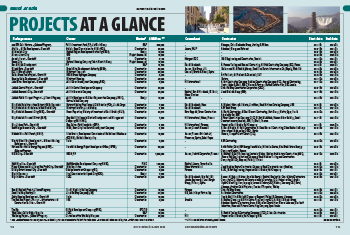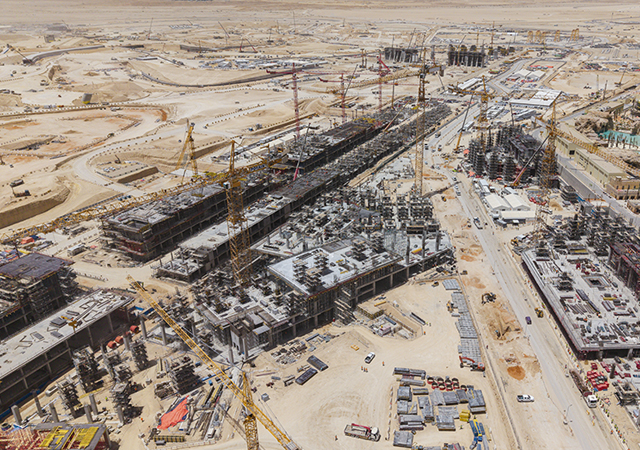
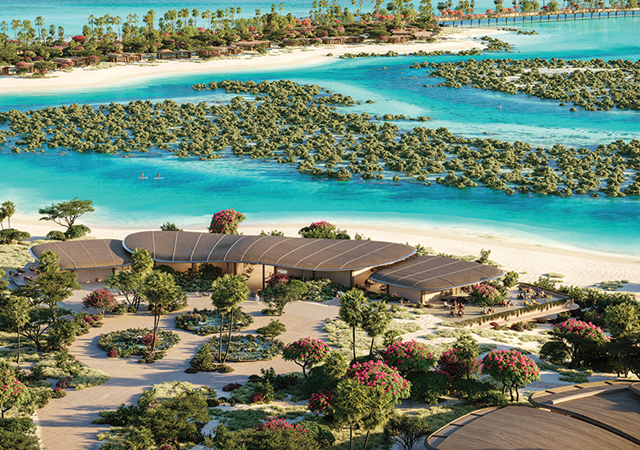 RSG is proving that ultra-luxury can go hand-in-hand with sustainability
RSG is proving that ultra-luxury can go hand-in-hand with sustainability
The Red Sea Project is setting a global benchmark in luxury tourism by proving that ultra-luxury and environmental stewardship can go hand-in-hand.
Positioned as a model for regenerative tourism, the project integrates sustainability into every facet – from innovative architecture and construction methods to renewable energy, water conservation, and biodiversity enhancement. Fahad Al Balawi, Head of Construction at Red Sea Global, details the company’s approach to the development of The Red Sea Project:
The Red Sea project has garnered significant international attention. How do you see it influencing future tourism developments globally in terms of sustainability, innovation and design and construction?
The Red Sea Project is redefining luxury tourism on a global scale through a regenerative approach to development. We’re proving that ultra-luxury can go hand-in-hand with sustainability – in fact, it enhances the guest experience. Our projects are essentially living laboratories for innovation. Take Sheybarah Island: we’ve built 73 striking stainless-steel overwater and beachfront villas that literally mirror the sky and sea, an architectural marvel that blends into the environment. Or Desert Rock, our inland mountain resort carved into a canyon – it offers immersive luxury while virtually disappearing into the rugged landscape. These designs are catching the world’s attention because they “rewrite the rules” of resort design, showing that development can be bold and iconic without compromising nature.
Just as importantly, we’re innovating in operations and infrastructure. The Red Sea will be the world’s first destination powered 100 per cent by renewable energy, day and night – no connection to a national grid, no fossil fuels on site. We’re building the region’s largest battery storage facility and have over 760,000 solar panels in place. This kind of ambition has a ripple effect: global developers and hospitality brands are watching us and increasingly adopting similar green strategies. We’ve eliminated single-use plastics, implemented advanced smart technology for energy and water efficiency, and even designed a bespoke Red Sea International Airport (RSI) that uses natural cooling and is fully solar-powered. By showing that large-scale tourism can be regenerative and still deliver an exceptional guest experience, we’re influencing the future of tourism. Governments, architects, and developers worldwide are looking to The Red Sea Project as a new model for sustainable development, and we’re proud to be setting that benchmark.
Can you elaborate on the key environmental targets and how they are being integrated into the construction process? Can you discuss any innovative technologies or construction methods being used to minimise the environmental impact of the project?
From day one, we set out clear environmental targets that go beyond “do no harm” – we aim to leave the environment better than we found it. A cornerstone goal for us is achieving a 30 per cent net conservation benefit by 2040. In practical terms, that means the flora and fauna at our destinations (coral reefs, mangroves, seagrasses, desert wildlife) will be 30 per cent more abundant than before development. To get there, we’ve limited our footprint and incorporated protection into our masterplan.
Out of over 90 islands, we are developing only 22, and visitor numbers will be capped at about one million per year to avoid overstressing ecosystems. We actually designated large swathes of land and sea as conservation areas.
When it comes to construction, our methods prioritise the planet. We use off-site fabrication and modular construction wherever possible to reduce on-site disturbance. For example, we set up a dedicated facility in Saudi Arabia to produce pre-fabricated units for our Coastal Village (where our staff live) – these modular units were shipped and installed with minimal impact on site. We’ve built a 3 km causeway to Shura Island with careful engineering so as not to disrupt water flow or marine life, and no dredging of coral reefs was allowed. The Coral Bloom design on Shura Island by Foster + Partners actually raises beach areas and uses land contours to naturally protect the island, rather than constructing huge concrete sea walls. This nature-inspired approach keeps the shoreline intact while creating stunning resorts.
We also set rigorous standards for our contractors: sustainability KPIs are embedded into every contract. Construction equipment is electric where possible, and we’ve implemented a zero waste-to-landfill policy during construction. Perhaps our most innovative approach is in water and wastewater management – we ensured zero discharge into the lagoons and sea during construction and operation. We built 8.3 hectares of constructed wetlands to naturally treat wastewater, avoiding any need for harmful chemical processing or ocean outfalls. All treated water is reused for irrigation. In short, every method – from using renewable energy for all our power, to selecting eco-friendly materials, to carefully timing construction around wildlife breeding seasons – is chosen to minimise impact. Our ethos is that the environment is the primary client. By building responsibly today, we ensure that this slice of paradise will thrive long into the future, setting a new standard for sustainable construction worldwide.
What is its current capacity of the landscape nursery and how does it contribute to the environmental goals of the project?
Botanica, our landscape nursery, is one of the unsung heroes of the project – it’s absolutely central to our regenerative tourism vision. This nursery, spanning over 1 million sq m, is the largest in the region. The nursery is running at full throttle and has cultivated over five million plants in just a few years. We are on track with our ambitious target to grow upwards of 30 million plants by 2030 for The Red Sea and AMAALA combined.
At this moment, roughly 7.5 million plants are being nurtured in the nursery at various stages of growth. About 1.6 million of those have already been successfully transplanted out into the project site, landscaping our hotels, staff villages, and roadsides. Another around 1.7 million are propagated from seeds and cuttings we collected (often from the project site itself to maintain genetic lineage) and are growing steadily. Every week, trucks carry batches of saplings from the nursery to different islands and developments where landscaping is under way.
The nursery’s contribution is huge on multiple fronts. Environmentally, it allows us to rehabilitate land we disturbed during construction by replanting native vegetation. It’s supporting our 30 per cent net conservation benefit goal by mass-producing mangroves, which we’re planting along degraded shorelines to create blue carbon sinks and fish nurseries. In fact, we align with the Saudi Green Initiative – for example, we’ll be planting millions of mangroves as part of a national 50 million mangrove effort, and the nursery is the engine making that possible. We’ve also used nursery-grown plants to stabilise soils in desert areas to prevent erosion and dust.
In terms of operations, the nursery itself is a model of sustainability. We irrigate the plants using treated wastewater from our site’s pioneering sewage treatment wetlands. Every day about 3,000 cu m of recycled water is pumped to the nursery to keep the millions of seedlings healthy. We also use compost from food and green waste in our planting mix (we even have composting units on site), reducing the need for chemical fertilisers. And most of the plants are grown in shaded “houses” that optimise sunlight and water, reducing evaporation in the desert sun.
By project’s end, the nursery will have populated an area far beyond its own footprint with thriving vegetation, literally transforming the landscape of a 28,000 sq km region. And beyond The Red Sea and AMAALA, the knowledge and capacity we’ve built can benefit other projects in Saudi Arabia’s pipeline, making it a nationwide asset for ecological restoration.
What strategies and technologies are being employed to ensure sustainable water usage throughout the destination?
Water scarcity is indeed a critical concern, and we’ve approached it with the same innovation and rigour as every other aspect of the project. Our goal is to achieve a closed-loop, sustainable water system where every drop is used efficiently and reused wherever possible – essentially making The Red Sea and AMAALA a model for water conservation in arid environments. Here’s how we’re doing it:
First, all our fresh water is produced through renewable energy-powered desalination. We built solar-powered desalination plants that use advanced reverse osmosis to extract fresh water from the Red Sea. By using solar energy for this energy-intensive process, we avoid greenhouse emissions. And importantly, we designed these plants with a zero brine discharge philosophy – meaning we do not simply dump concentrated saltwater back into the ocean without treatment. Instead, we’re exploring beneficial uses of brine and safe disposal methods.
On the consumption side, we built our infrastructure to minimise water demand. All our buildings and hotels use low-flow fixtures, sensor-based faucets, and water-efficient appliances. We’ve implemented smart irrigation systems for landscaping – drip irrigation, moisture sensors in soil, and scheduling irrigation for cooler times of day to reduce evaporation. The plants we cultivate are drought-tolerant natives, so they naturally require less watering. By design, our golf courses and lawns (where we have them) use salt-tolerant turf and recycled water only, and we avoid large water features or fountains that evaporate water needlessly.
Where we really shine is in wastewater treatment and reuse. We constructed a network of innovative wastewater treatment wetlands – 8.3 hectares of them at The Red Sea. These engineered wetlands use plants and microbiomes to naturally treat sewage to a very high standard. The treated water is then polished and used for irrigation. As noted, we currently reuse about 3,000 cu m of treated wastewater every day to irrigate our nursery and landscaping. That figure will grow as more facilities come online. Essentially, 100 per cent of our wastewater is recycled – either via natural wetlands or advanced treatment plants.
We’re also implementing a zero liquid discharge (ZLD) approach in the long run, which aims to leave absolutely no liquid waste. Solid waste from water treatment (sludge) is composted or repurposed as fertiliser after safe processing. Even greywater from sinks and showers is reclaimed separately in some areas for reuse in flushing and cooling.
Another technology we use is in district cooling – we opted for centralised, highly efficient cooling plants rather than individual AC units in each building. These use chilled water loops, which are more water-efficient and energy-efficient. And because we power them with solar, the water used in cooling (some water is lost as evaporative cooling in chillers) is effectively offset by not burning fossil fuels for power – a bit of a holistic view there.
We also incorporate rainwater harvesting where feasible – admittedly, rainfall is minimal in this region, but when it comes (often in rare downpours), our drainage systems capture and funnel it to recharge groundwater or store for later use.
In the design of our marine infrastructure – marinas, jetties – we paid attention to not altering natural water circulation. This prevents stagnation or changes in water salinity that could affect reef health. It’s indirectly a water conservation measure, in that it conserves the natural quality of seawater that our marine life depends on.
We continuously monitor water quality, both of the water we produce and the surrounding sea. Our environmental team checks that our desalination doesn’t harm local salinity levels or marine organisms. We even have an on-site marine research facility that, among other things, monitors coral health as a proxy for water quality.
In summary, our water strategy is comprehensive: produce water sustainably, use it efficiently, recycle it thoroughly, and protect the natural water bodies around us. By doing all this, we aim to reduce our freshwater consumption by over 30 per cent compared to a typical development of this size – and whatever water we do use is being constantly cleaned and cycled.



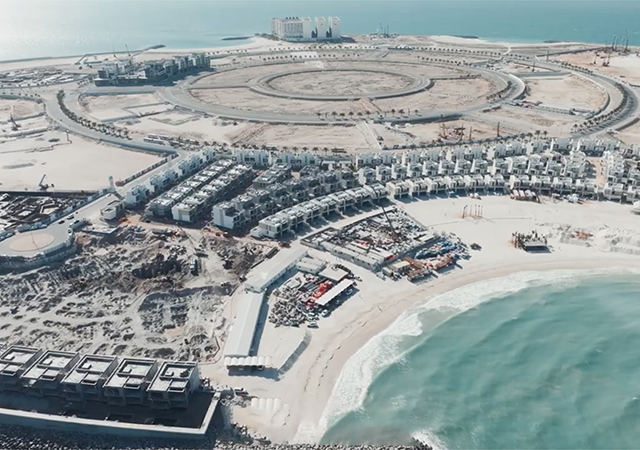

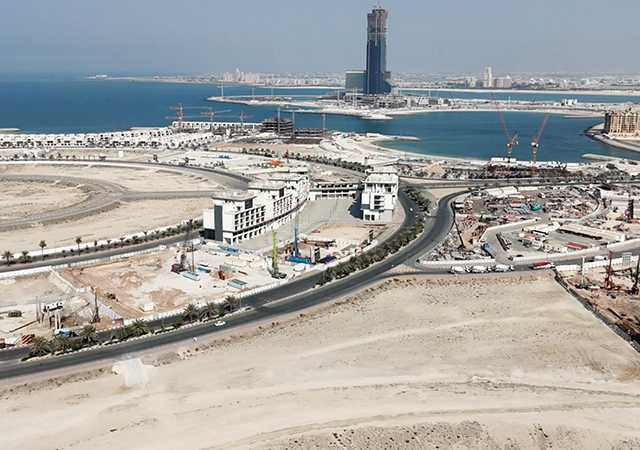
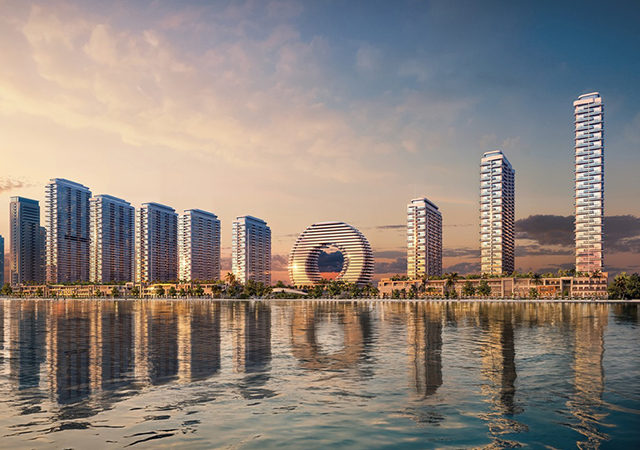
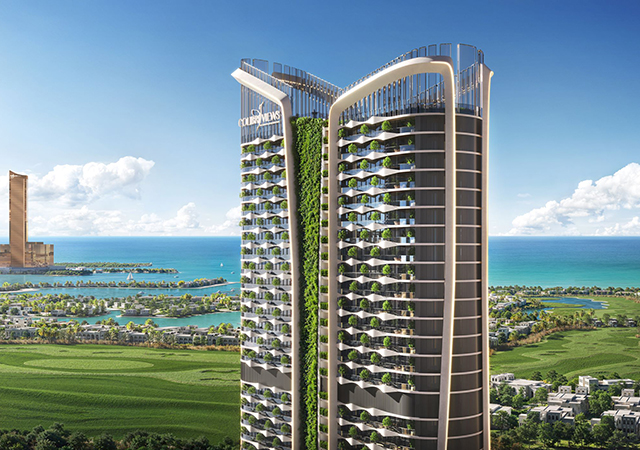
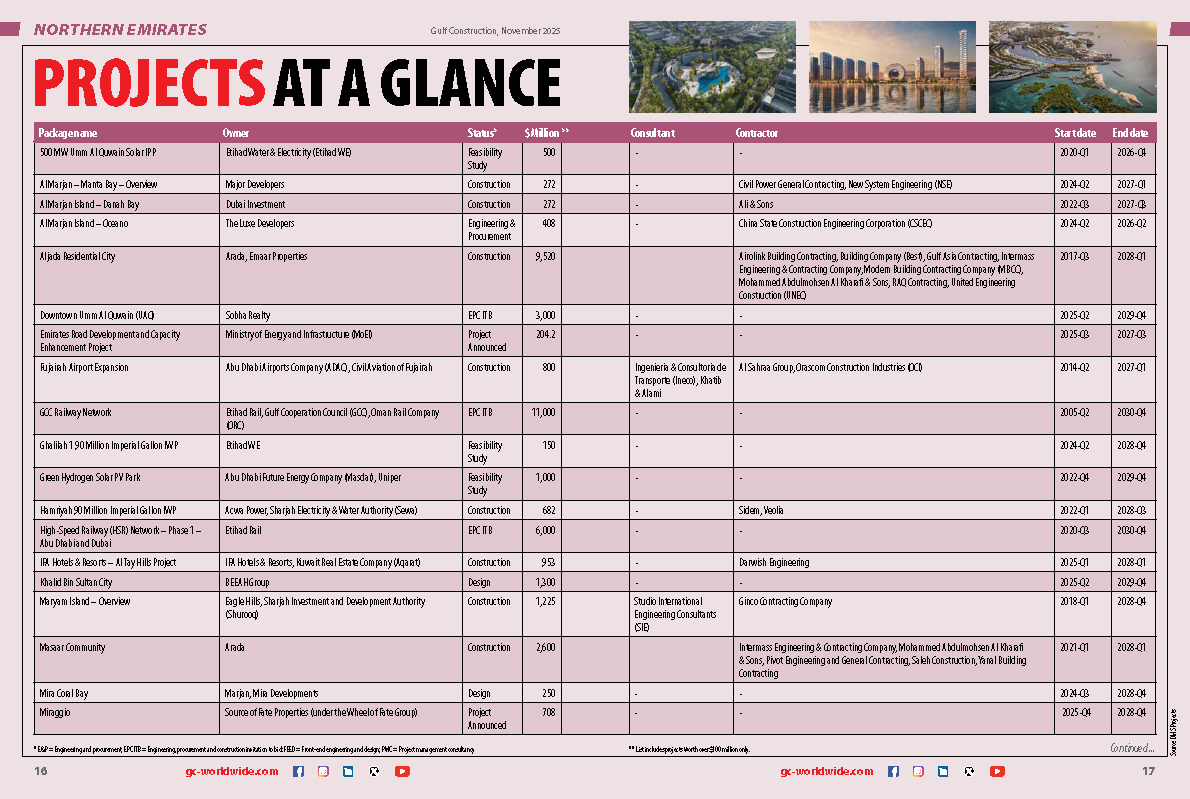
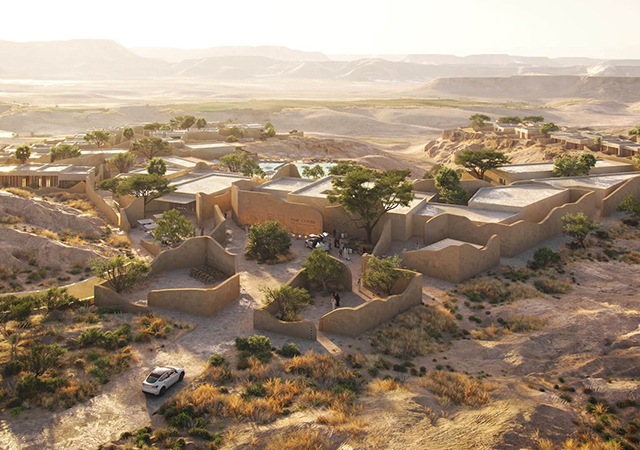
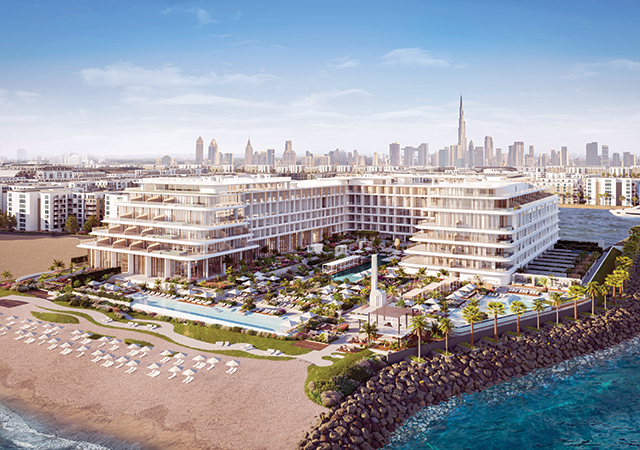
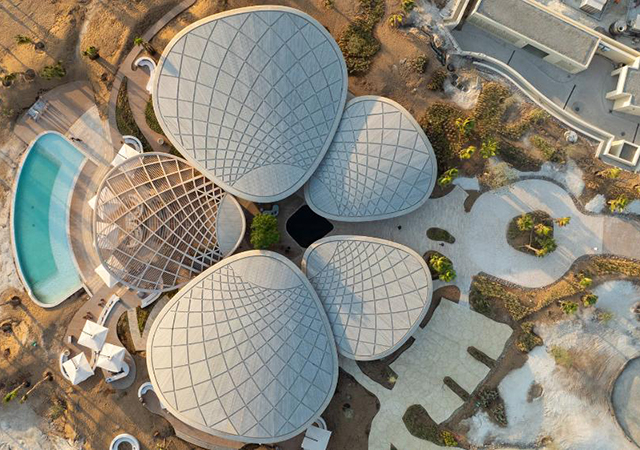
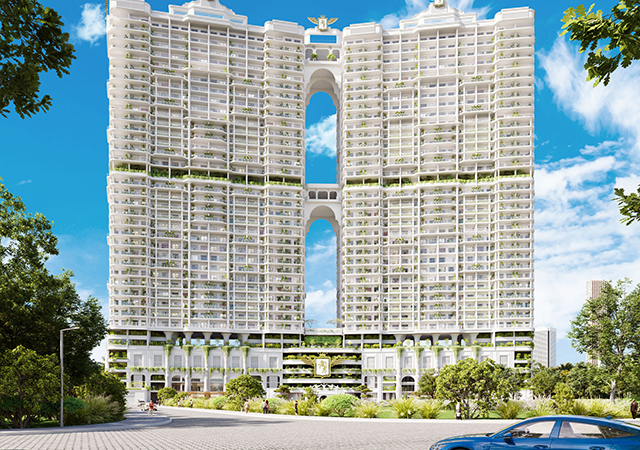
(5).jpg)
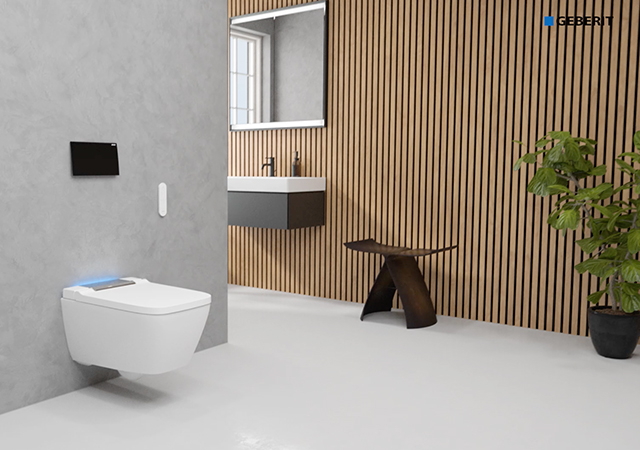
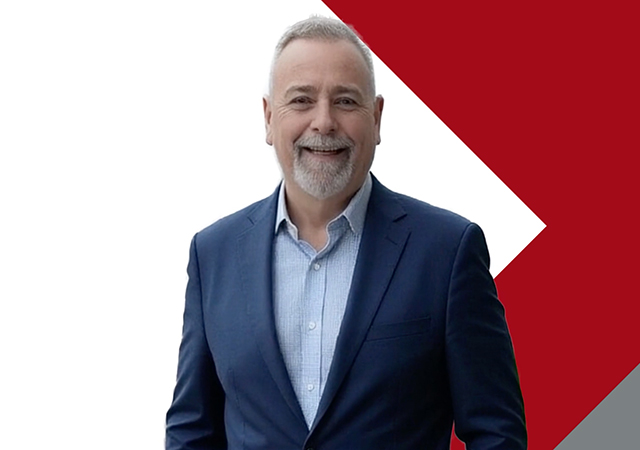
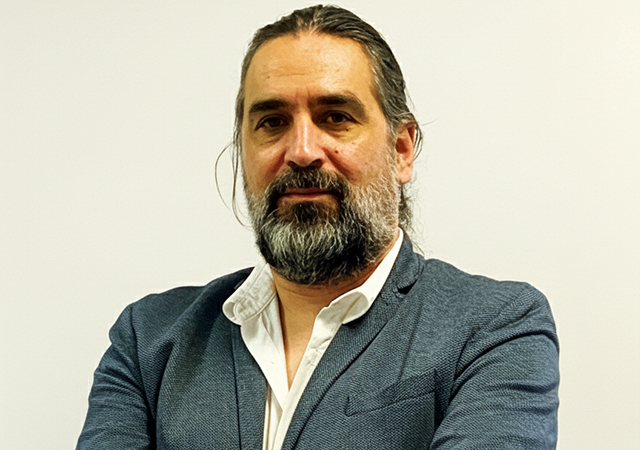
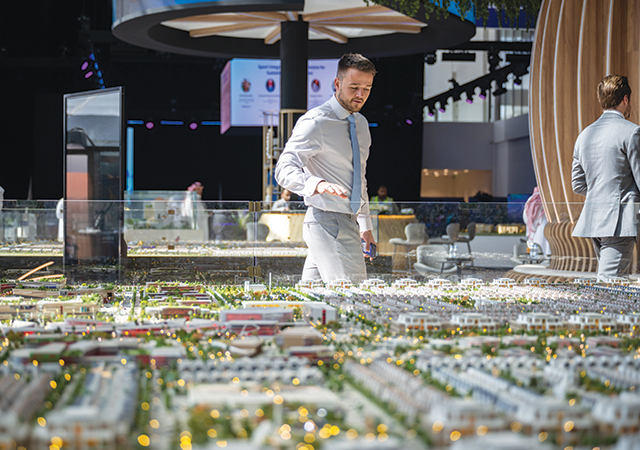
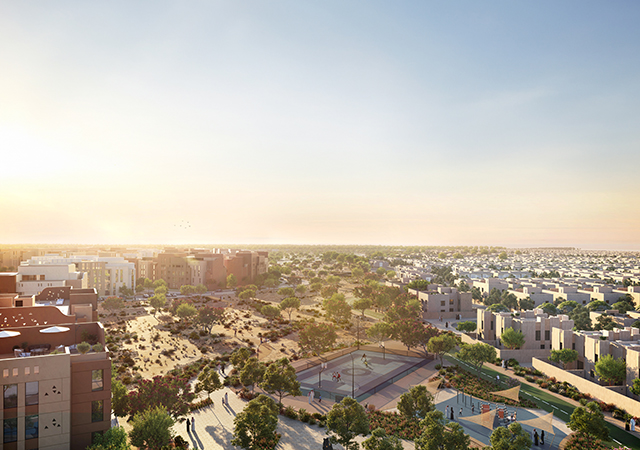
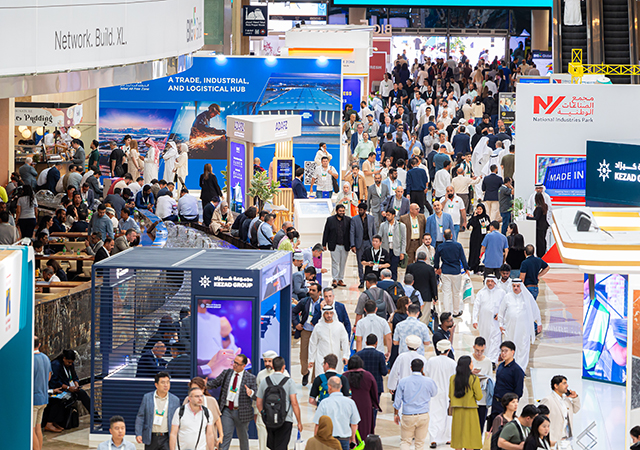
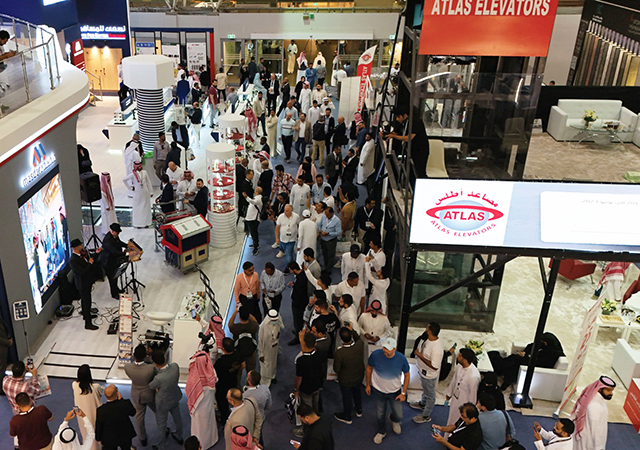

.jpg)
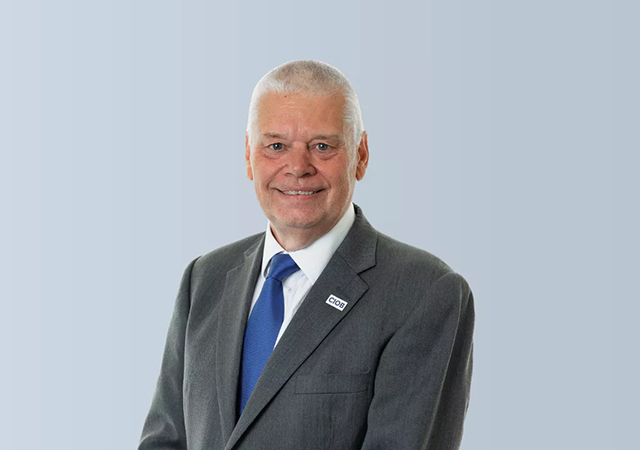

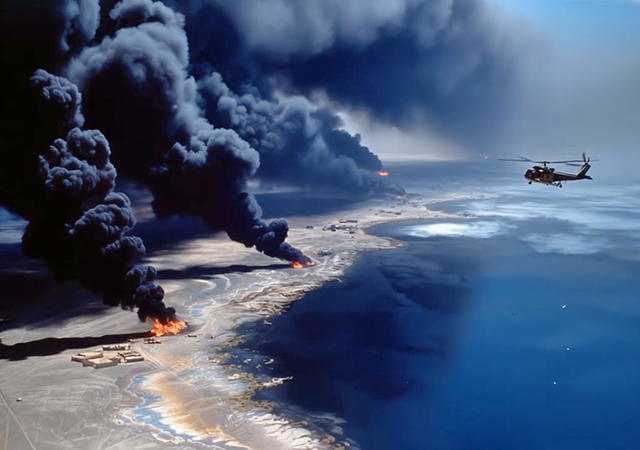
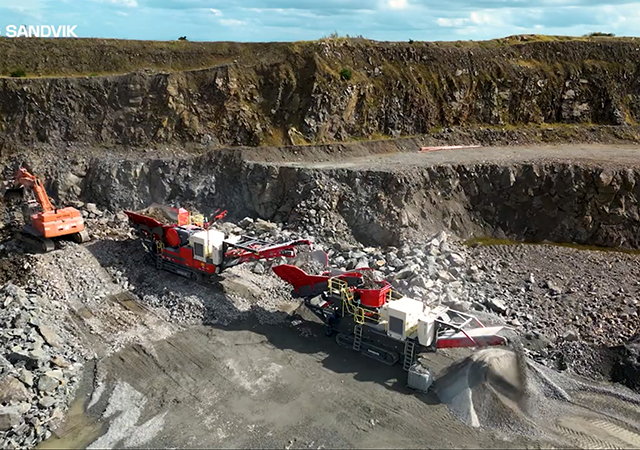
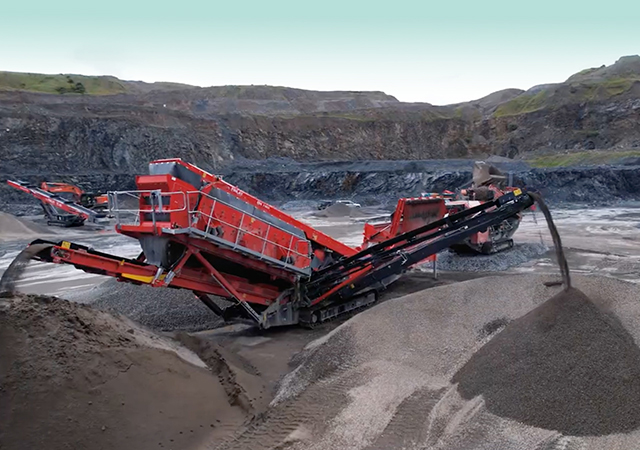
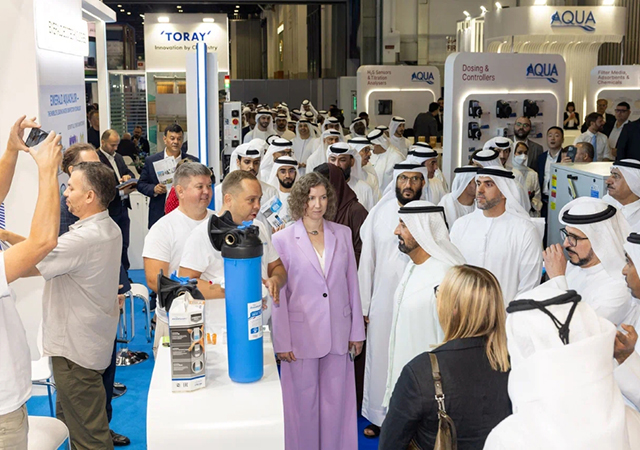

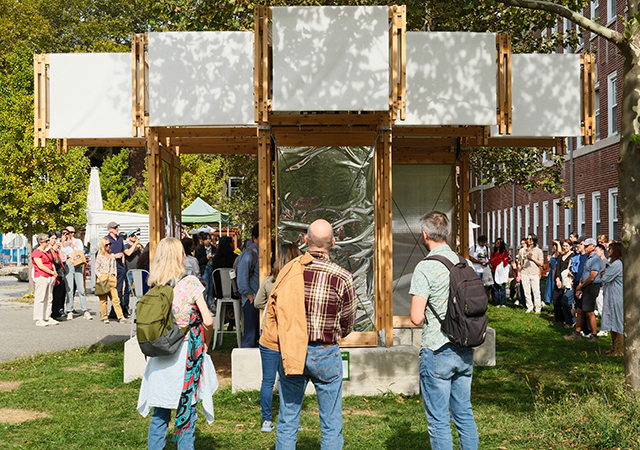
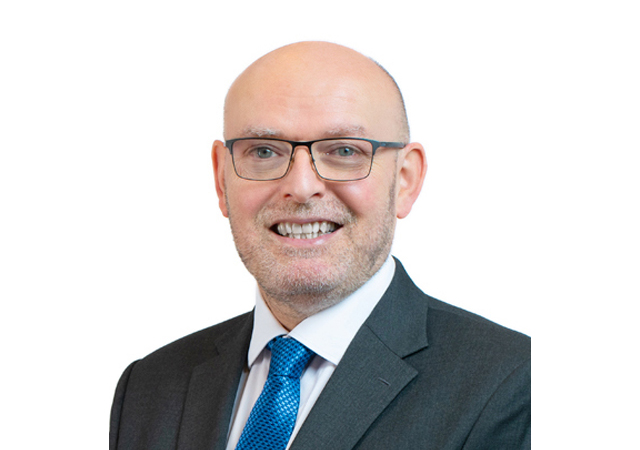


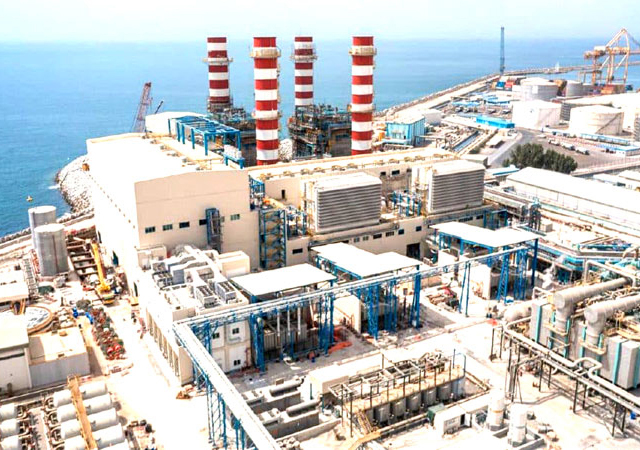

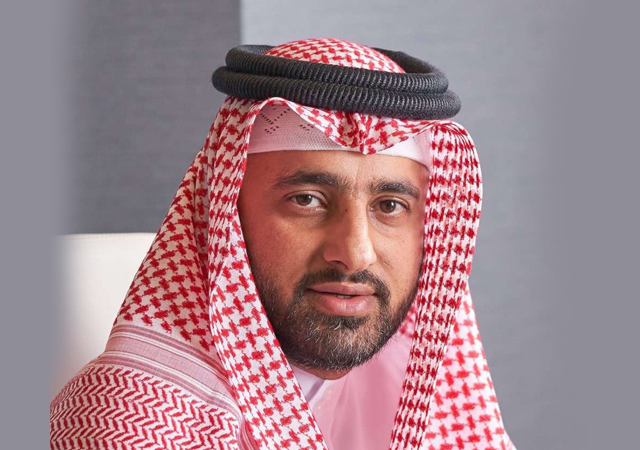

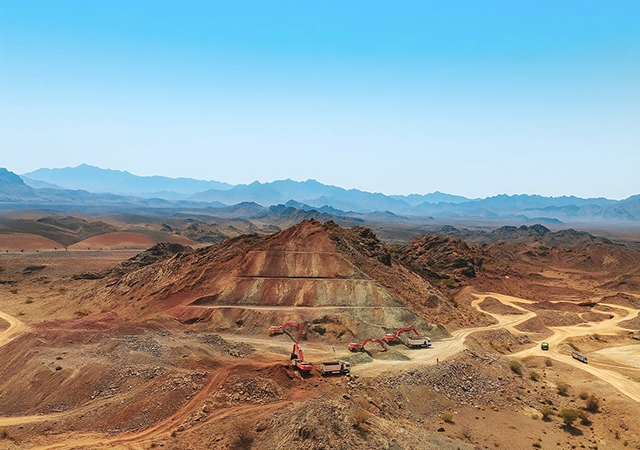

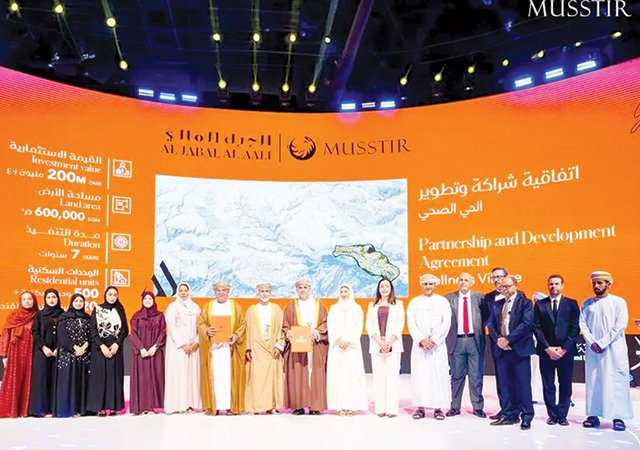
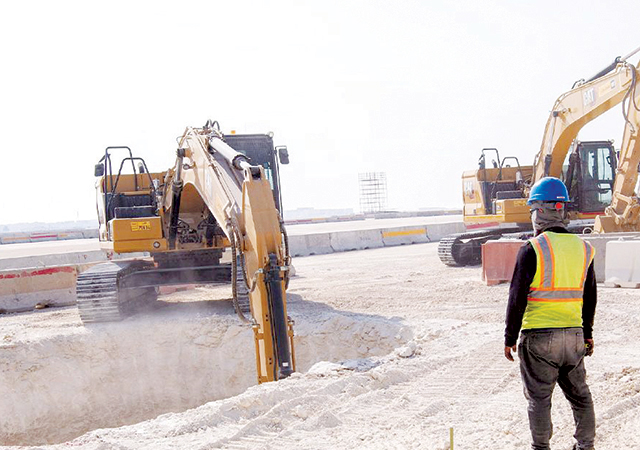
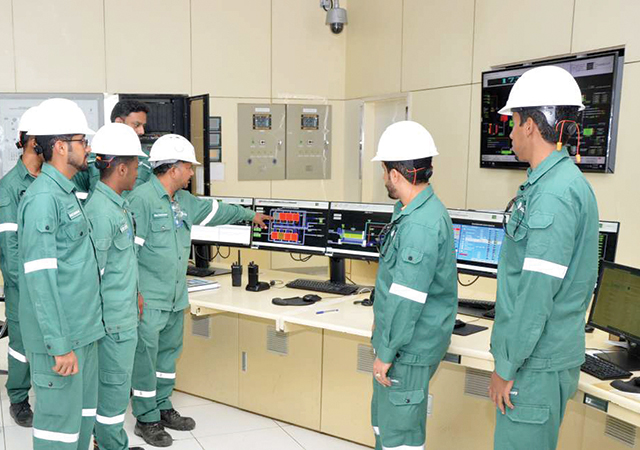
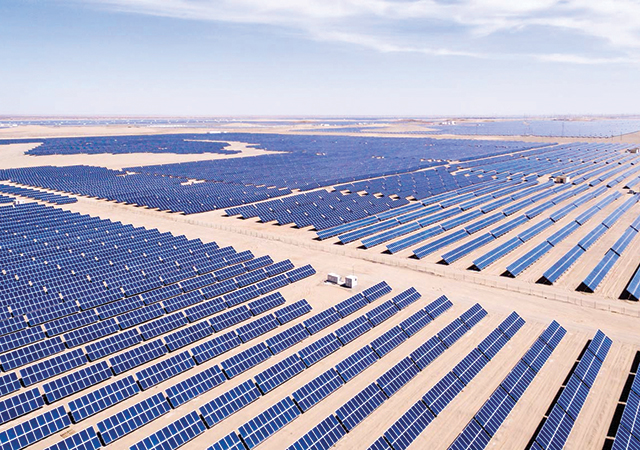
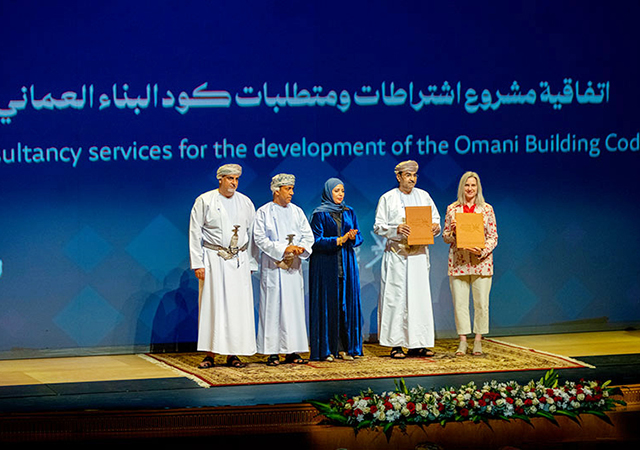
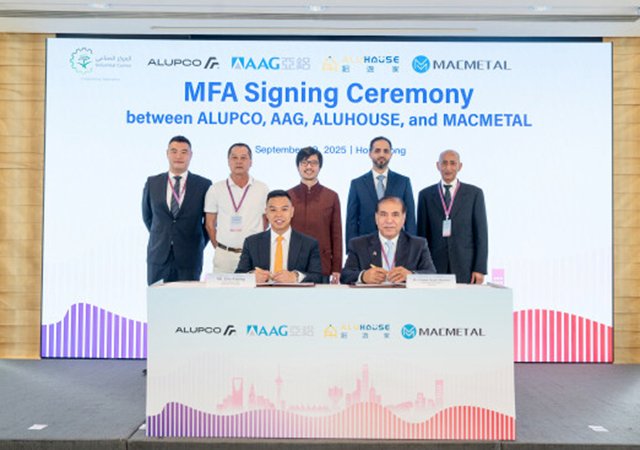
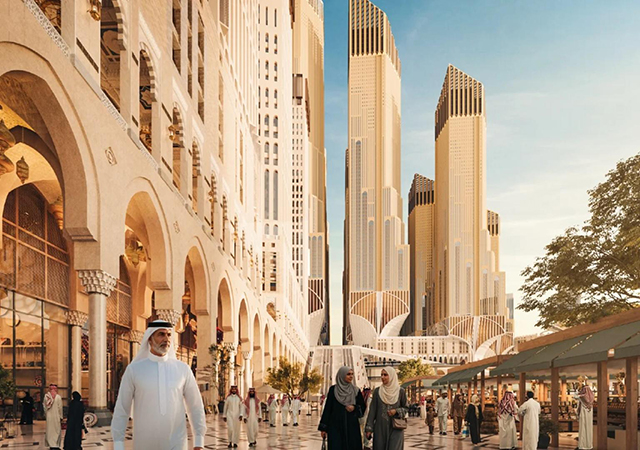
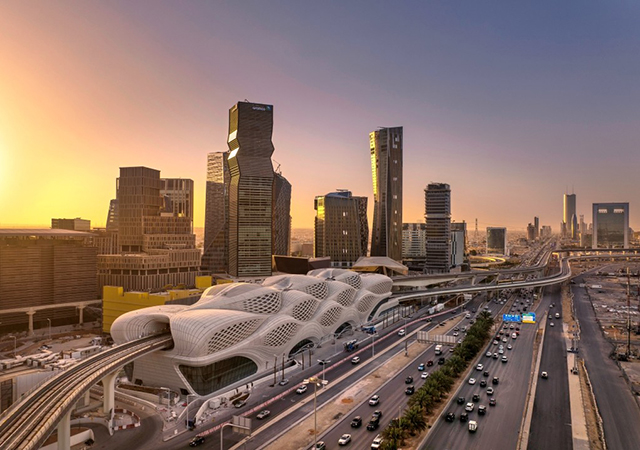
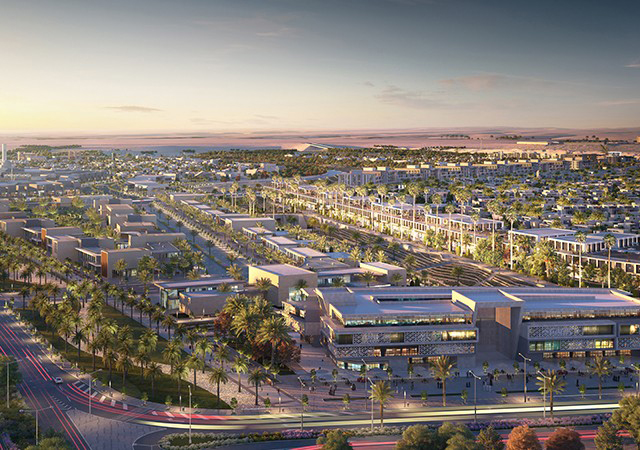
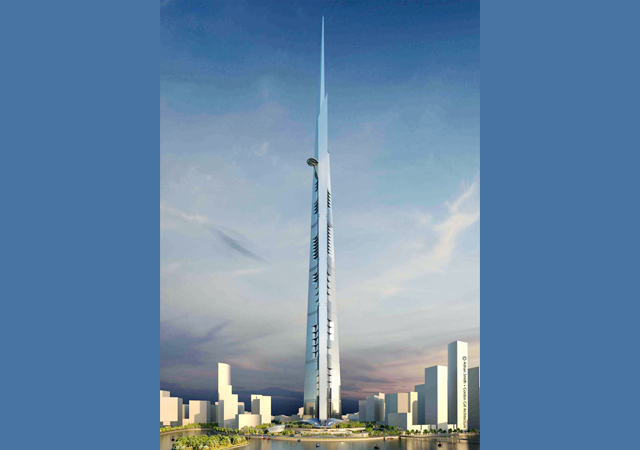
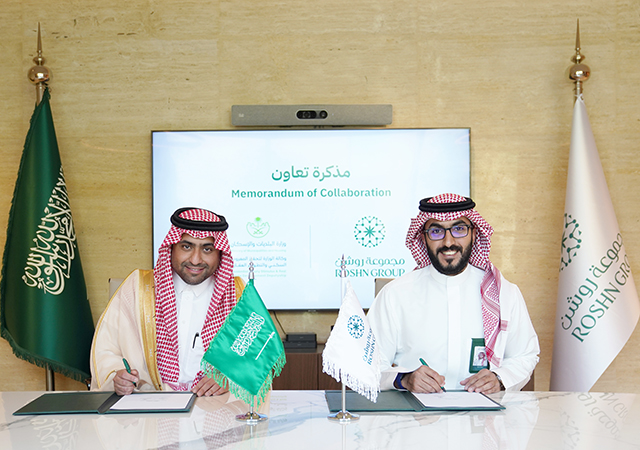


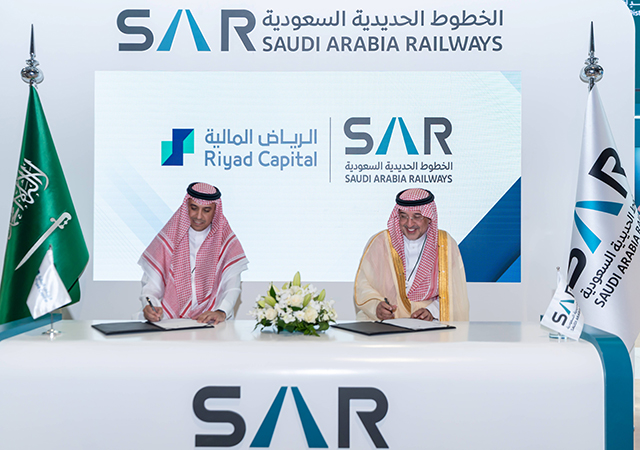
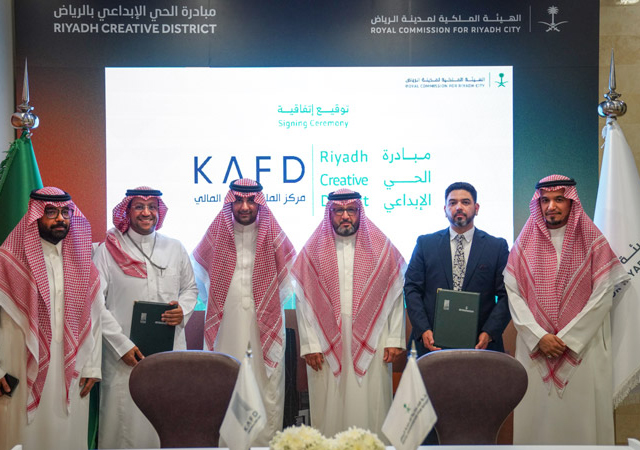
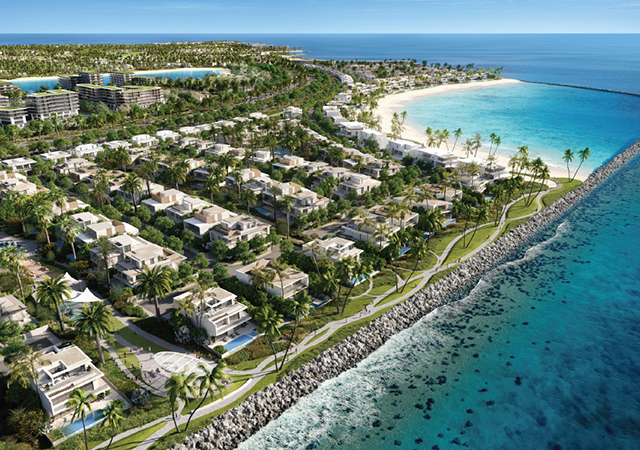
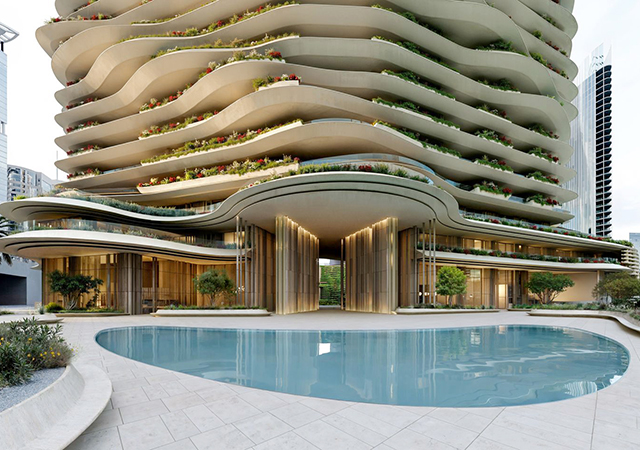
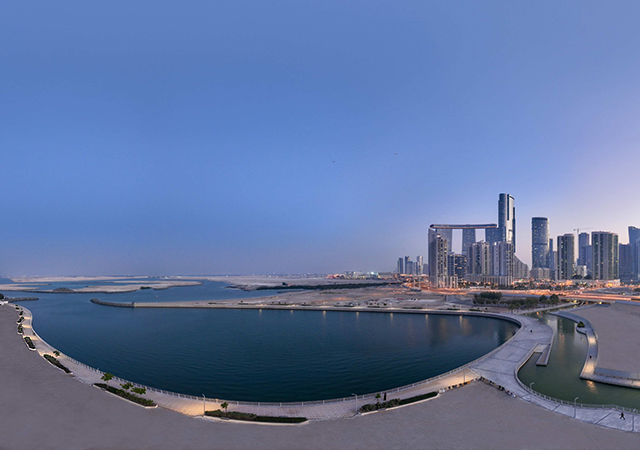
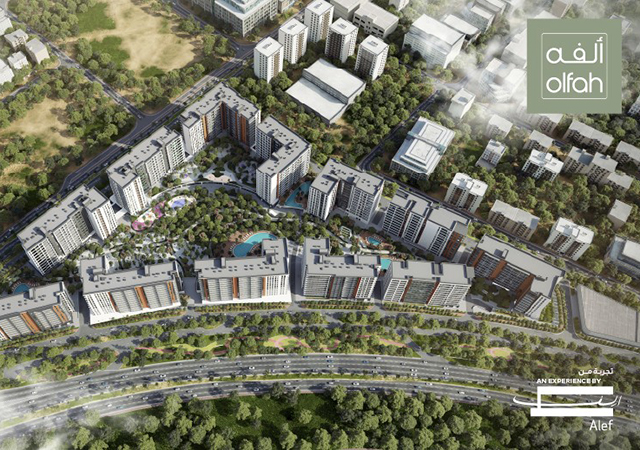
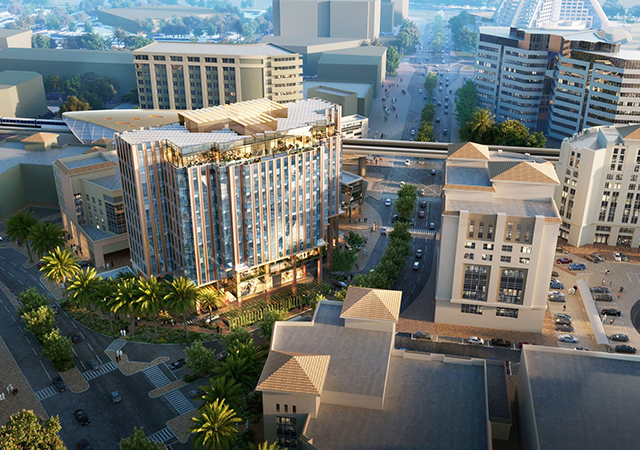
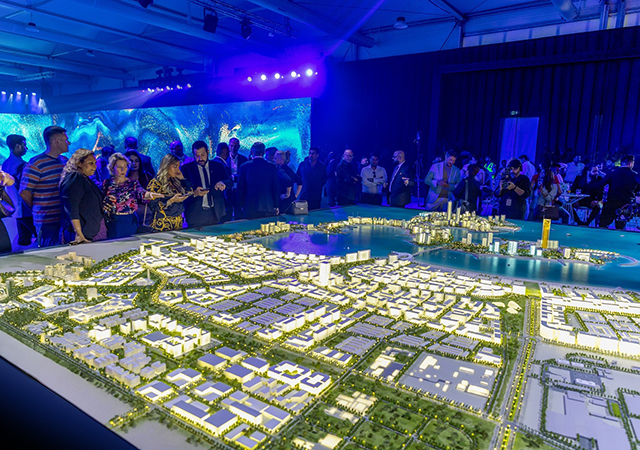
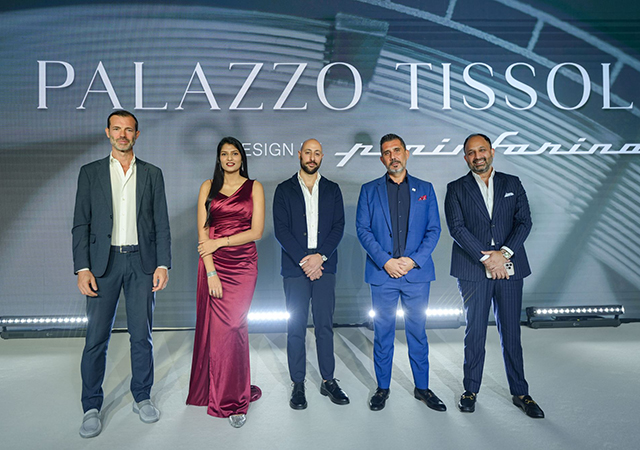
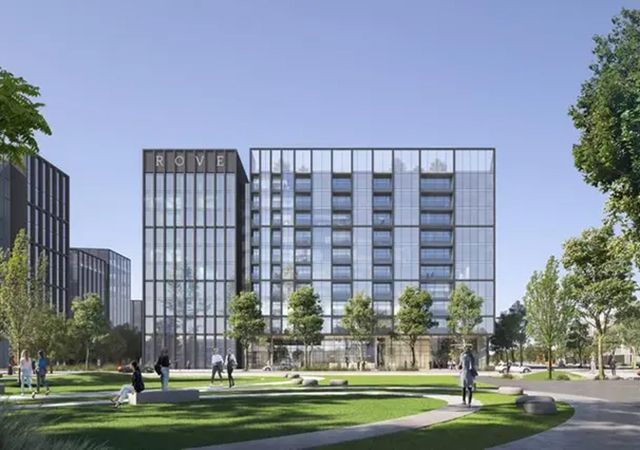
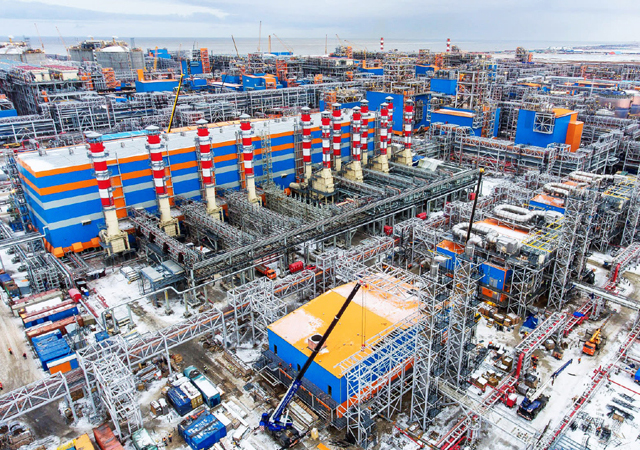
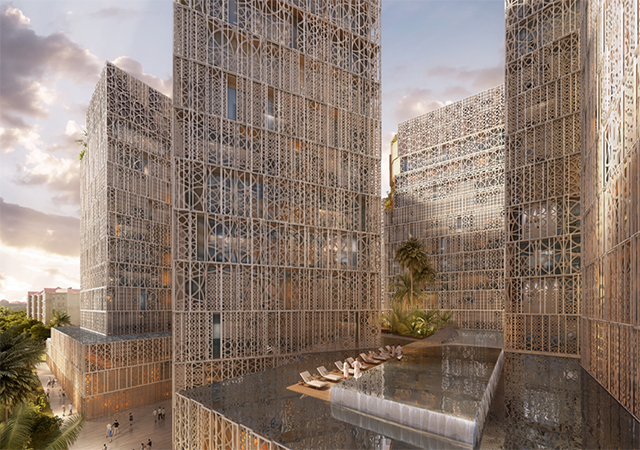

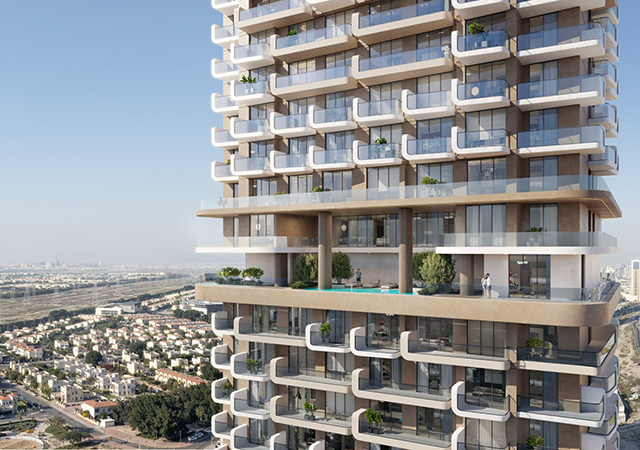
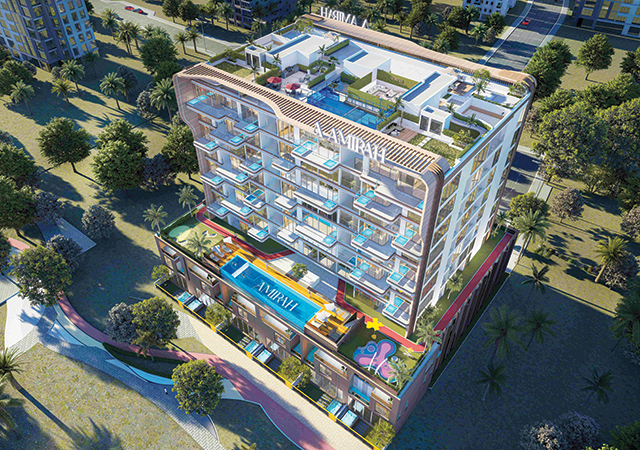
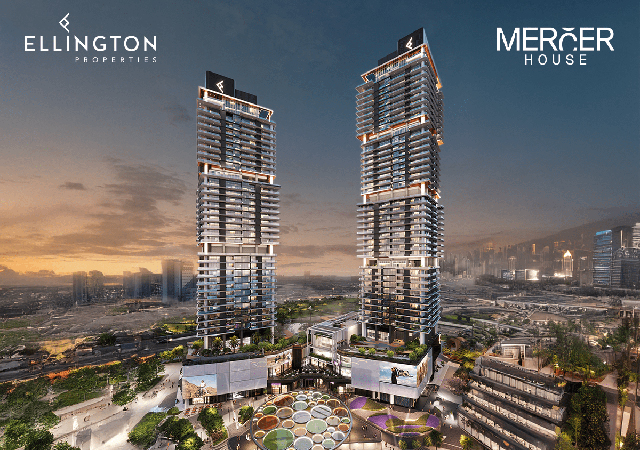
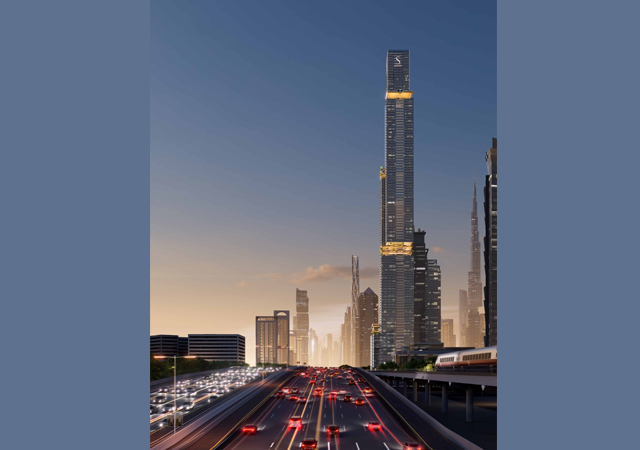

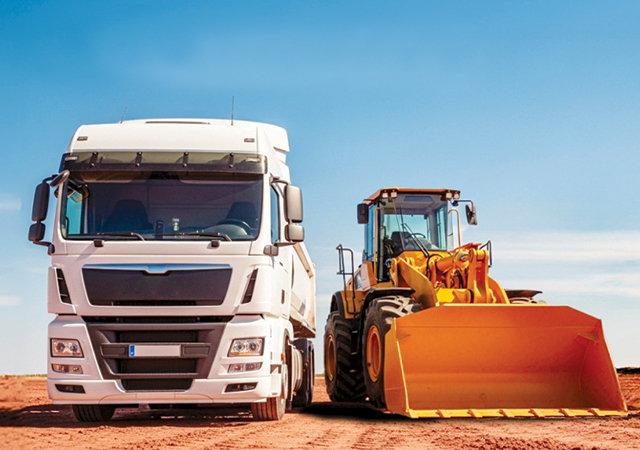
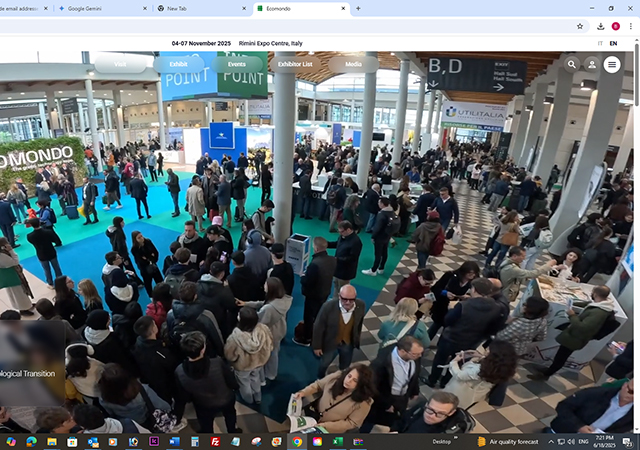
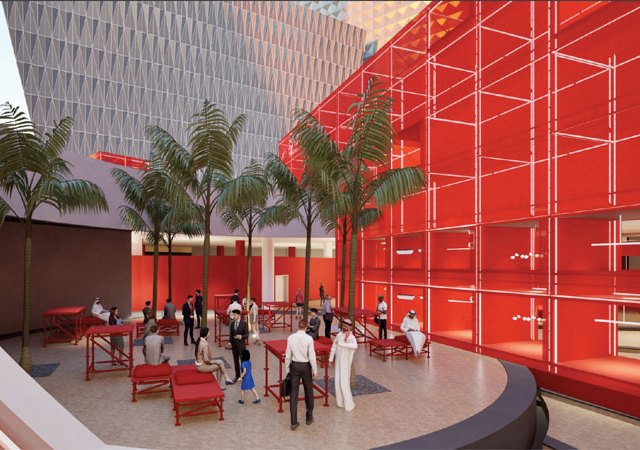

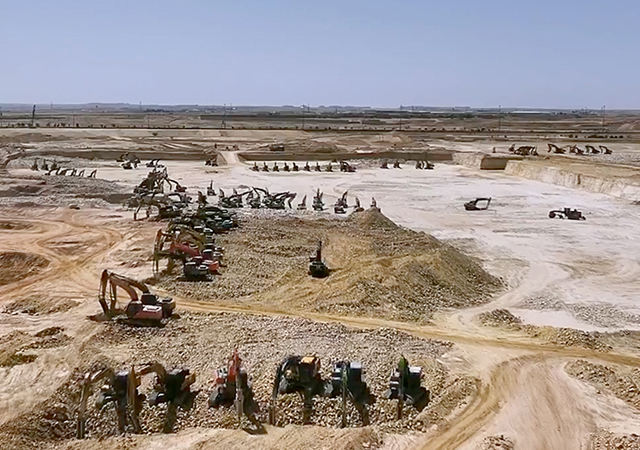
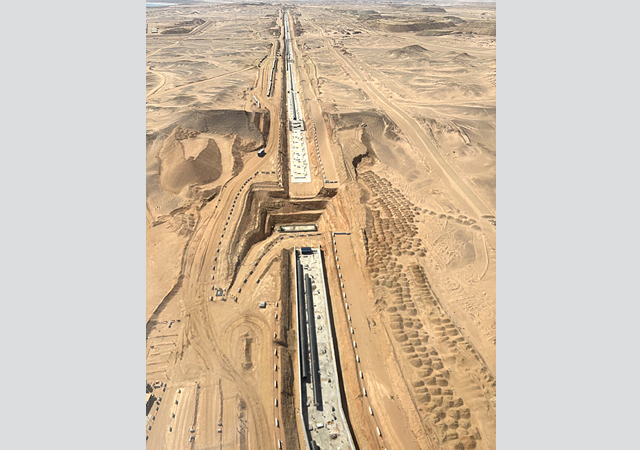
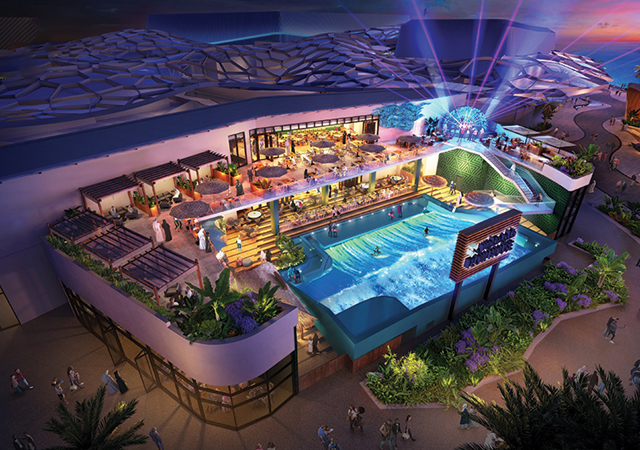
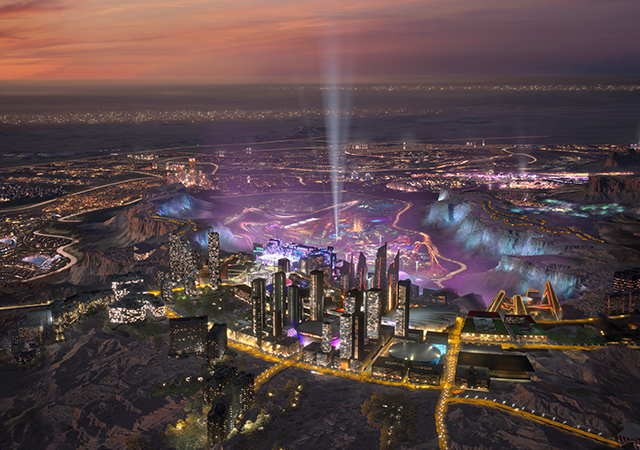
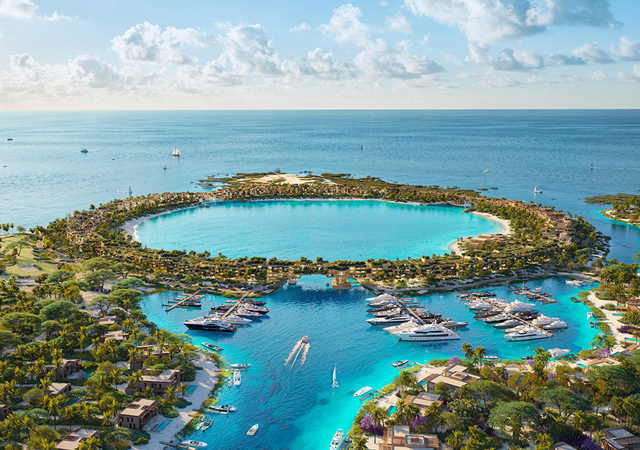
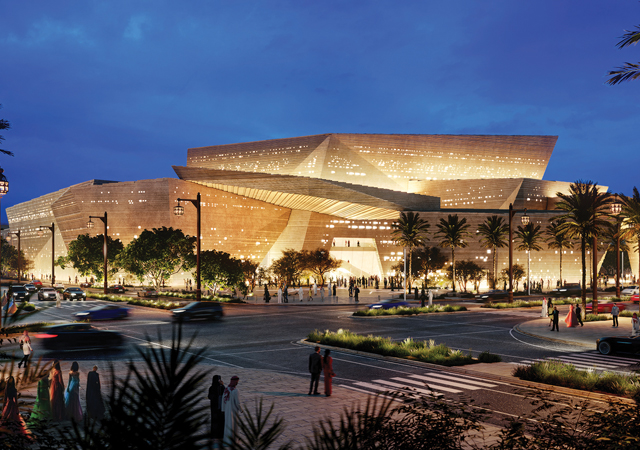
 BIG.jpg)
